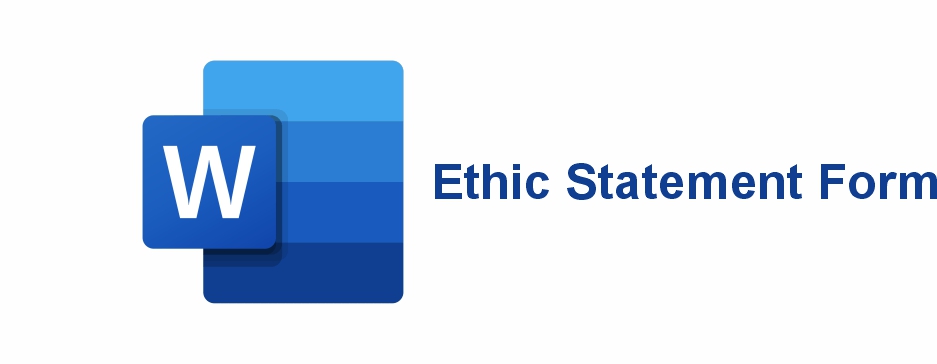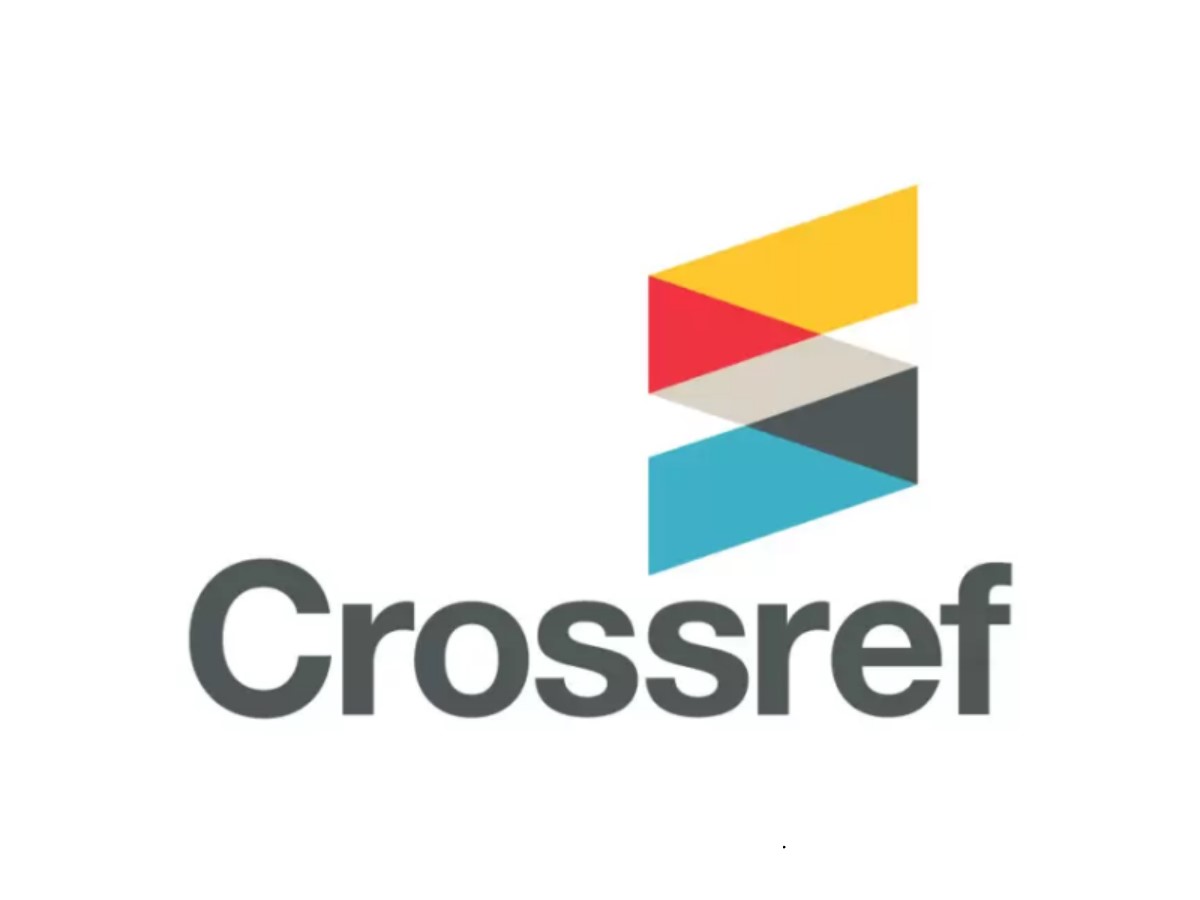ANALYSIS OF PARALLEL COUPLING OF CHLOR-ALKALI AND ALKALINE WATER ELECTROLYSIS PROCESS WITH COMBINE CATHODE FLUID CIRCULATION
DOI:
https://doi.org/10.53893/austenit.v15i2.7517Keywords:
Hydrogen, Chlor-Alkali, Alkaline Electrolysis, Parallel Electrolysis, NaOH CirculationAbstract
Hydrogen is almost ideal fuel in reducing emissions without CO, CO2, SOX or NOX. Hydrogen can be used through the combustion or Fuel Cell processes so that emissions are low. One of the hydrogen production processes is through electrolysis, both Chlor-Alkali (CA) and Alkaline Water Electrolysis (AWE). Both processes contained a NaOH solution in the CA and catalyst results in AWE. In this test, a combination of CA and AWE processes will be carried out in the fluid circulation at the cathode of two processes. From this study it was found that there was an increase of 11 percent by weight of gas when CA and AWE cathode fluid were circulated in parallel compared to the CA and AWE processes respectively.
Downloads
References
Atsushi, U., & Nagakazu, F. (1997). The Bubble Trap Type Gas-diffusion-electrode for Chlor-Alkali Electrolysis. DENKI KAGAKU.
Baldi, F., Azzi, A., & Maréchal, F. (2019). From renewable energy to ship fuel: ammonia as an energy vector and mean for energy storage. Computer Aided Chemical Engineering, 46, 1747–1752. https://doi.org/10.1016/B978-0-12-818634-3.50292-7
Bloom. (2020). Bloom Energy Electrolyzer with Oxide, Solid Cells, Electrolyzer datasheet.
Buelvas, W. L., Ãvila, K. C. P., & Jiménez, Ã. R. (2014). Temperature as a Factor Determining on Water Electrolysis. International Journal of Engineering Trends and Technology, 7(1), 5–9. https://doi.org/10.14445/22315381/ijett-v7p217
Buttler, A., & Spliethoff, H. (2018). Current status of water electrolysis for energy storage, grid balancing and sector coupling via power-to-gas and power-to-liquids: A review. Renewable and Sustainable Energy Reviews, 82(September 2017), 2440–2454. https://doi.org/10.1016/j.rser.2017.09.003
Cheng, C., Blakers, A., Stocks, M., & Lu, B. (2022). 100% renewable energy in Japan. Energy Conversion and Management, 255, 115299. https://doi.org/10.1016/j.enconman.2022.115299
D’Amore-Domenech, R., Navarro, E., Mora, E., & Leo, T. J. (2018). Alkaline electrolysis at sea for green hydrogen production. a solution to electrolyte deterioration. Proceedings of the International Conference on Offshore Mechanics and Arctic Engineering - OMAE, 10, 1–10. https://doi.org/10.1115/OMAE2018-77209
Enapter. (2020). Electrolyser EL 2.1. Online, 19–20.
https://handbook.enapter.com/electrolyser/el21/downloads/Enapter_Datasheet_EL21_EN.pdf
Fan, Z., Ochu, E., Braverman, S., Lou, Y., Smith, G., Bhardwaj, A., Brouwer, J., McCormick, C., & Friedmann, S. J. (2021). Green Hydrogen in a Circular Carbon Economy. August. https://www.energypolicy.columbia.edu/research/report/green-hydrogen-circular-carbon-economy-opportunities-and-limits
Fesenko, L. N., Pchelnikov, I. V., & Fedotov, R. V. (2017). Analysis of Economic Efficiency of Production of Low-Concentrated Sodium Hypochlorite by Direct Electrolysis of Natural Waters. IOP Conference Series: Materials Science and Engineering, 262(1). https://doi.org/10.1088/1757-899X/262/1/012185
Garcia-Herrero, I., Margallo, M., OnandÃa, R., Aldaco, R., & Irabien, A. (2017). Environmental challenges of the chlor-alkali production: Seeking answers from a life cycle approach. Science of the Total Environment, 580, 147–157. https://doi.org/10.1016/j.scitotenv.2016.10.202
Haryati, S., Susanto, D., Fujiyama, V., Raya, J., Km, P.-P., Oi, I., & Selatan, S. (2014). Effects of Electrical Current, pH, and Electrolyte Addition on Hydrogen Production by Water Electrolysis. Sriwijaya International Seminar on Energy and Environmental Science & Technology Palembang, 92–96.
Hochgraf, C. (2009). Electric Vehicles: Fuel Cells. Encyclopedia of Electrochemical Power Sources, 236–248. http://www.sciencedirect.com/science/article/pii/B9780444527455008637
Hodges, A., Hoang, A. L., Tsekouras, G., Wagner, K., Lee, C. Y., Swiegers, G. F., & Wallace, G. G. (2022). A high-performance capillary-fed electrolysis cell promises more cost-competitive renewable hydrogen. Nature Communications, 13(1), 1–11. https://doi.org/10.1038/s41467-022-28953-x
Hoelzen, J., Silberhorn, D., Zill, T., Bensmann, B., & Hanke-Rauschenbach, R. (2022). Hydrogen-powered aviation and its reliance on green hydrogen infrastructure – Review and research gaps. International Journal of Hydrogen Energy, 47(5), 3108–3130. https://doi.org/10.1016/j.ijhydene.2021.10.239
IRENA. (2020). Green Hydrogen Cost Reduction. In /publications/2020/Dec/Green-hydrogen-cost-reduction. /publications/2020/Dec/Green-hydrogen-cost-reduction%0Ahttps://www.irena.org/-/media/Files/IRENA/Agency/Publication/2020/Dec/IRENA_Green_hydrogen_cost_2020.pdf
Khasawneh, H., Saidan, M. N., & Al-Addous, M. (2019). Utilization of hydrogen as clean energy resource in chlor-alkali process. Energy Exploration and Exploitation, 37(3), 1053–1072. https://doi.org/10.1177/0144598719839767
Kumar, A., Du, F., & Lienhard, J. H. (2021). Caustic Soda Production, Energy Efficiency, and Electrolyzers. ACS Energy Letters, 6(10), 3563–3566. https://doi.org/10.1021/acsenergylett.1c01827
Lakshmanan, S., & Murugesan, T. (2014). The chlor-alkali process: Work in Progress. Clean Technologies and Environmental Policy, 16(2), 225–234. https://doi.org/10.1007/s10098-013-0630-6
Marchand, É., & Strawderman, W. E. (2020). Decarbonizing primary steel production : Techno-economic assessment of a hydrogen based green steel production plant in Norway. Stat. Probab. Lett., 108799. https://doi.org/10.1016/j.jclepro.2022.131339
Meier, K. (2014). Hydrogen production with sea water electrolysis using Norwegian offshore wind energy potentials: Techno-economic assessment for an offshore-based hydrogen production approach with state-of-the-art technology. International Journal of Energy and Environmental Engineering, 5(2–3), 1–12. https://doi.org/10.1007/s40095-014-0104-6
Paidar, M., Fateev, V., & Bouzek, K. (2016). Membrane electrolysis—History, current status and perspective. Electrochimica Acta, 209, 737–756. https://doi.org/10.1016/j.electacta.2016.05.209
Pein, M., Neumann, N. C., Venstrom, L. J., Vieten, J., Roeb, M., & Sattler, C. (2021). Two-step thermochemical electrolysis: An approach for green hydrogen production. International Journal of Hydrogen Energy, 46(49), 24909–24918. https://doi.org/10.1016/j.ijhydene.2021.05.036
Qiao, J., Fu, J., Lin, R., Ma, J., & Liu, J. (2010). Alkaline solid polymer electrolyte membranes based on structurally modified PVA/PVP with improved alkali stability. Polymer, 51(21), 4850–4859. https://doi.org/10.1016/j.polymer.2010.08.018
Salameh, T., Sayed, E. T., Abdelkareem, M. A., Olabi, A. G., & Rezk, H. (2021). Optimal selection and management of hybrid renewable energy System: Neom city as a case study. Energy Conversion and Management, 244, 114434. https://doi.org/10.1016/j.enconman.2021.114434
Sapountzi, F. M., Gracia, J. M., Weststrate, C. J. (Kee. J., Fredriksson, H. O. A., & Niemantsverdriet, J. W. (Hans. (2017). Electrocatalysts for the generation of hydrogen, oxygen and synthesis gas. Progress in Energy and Combustion Science, 58, 1–35. https://doi.org/10.1016/j.pecs.2016.09.001
Shakir, M. A., Yhaya, M. F., & Ahmad, M. I. (2017). The Effect of Crosslinking Fibers with Polyvinyl Alcohol Using Citric Acid. Imperial Journal of Interdisciplinary Research (IJIR), 3(4), 758–764.
Thyssenkrupp. (2019). Hydrogen large-scale electrolysis 20 MW. 5. https://d2zo35mdb530wx.cloudfront.net/_legacy/UCPthyssenkruppBAISUhdeChlorineEngineers/assets.files/products/water_electrolysis/tk_19_0820_hydrogen_broschuere_2019_03.pdf
White, C. M., Steeper, R. R., & Lutz, A. E. (2006). The hydrogen-fueled internal combustion engine: a technical review. International Journal of Hydrogen Energy, 31(10), 1292–1305. https://doi.org/10.1016/j.ijhydene.2005.12.001
Downloads
Published
How to Cite
Issue
Section
License
Copyright (c) 2023 Authors and Publisher

This work is licensed under a Creative Commons Attribution-ShareAlike 4.0 International License.
The Authors submitting a manuscript do so on the understanding that if accepted for publication, Authors retain copyright and grant the AUSTENIT right of first publication with the work simultaneously licensed under a Creative Commons Attribution-ShareAlike License that allows others to share the work with an acknowledgment of the work's authorship and initial publication in this journal.
AUSTENIT, the Editors and the Advisory International Editorial Board make every effort to ensure that no wrong or misleading data, opinions or statements be published in the journal. In any way, the contents of the articles and advertisements published in AUSTENIT are the sole responsibility of their respective authors and advertisers.















